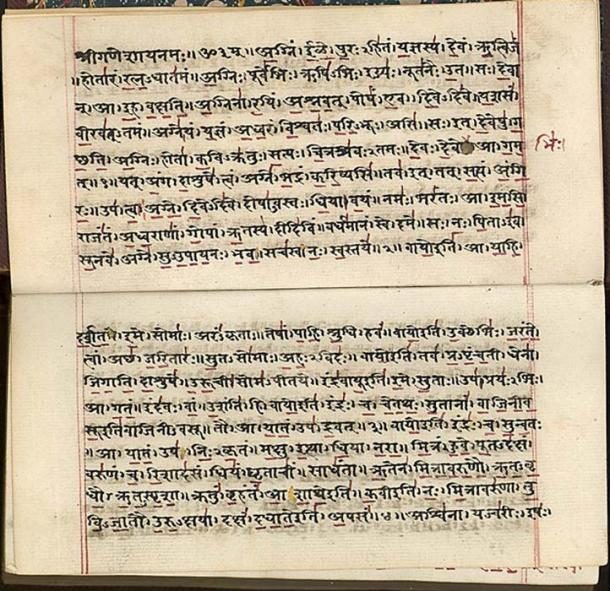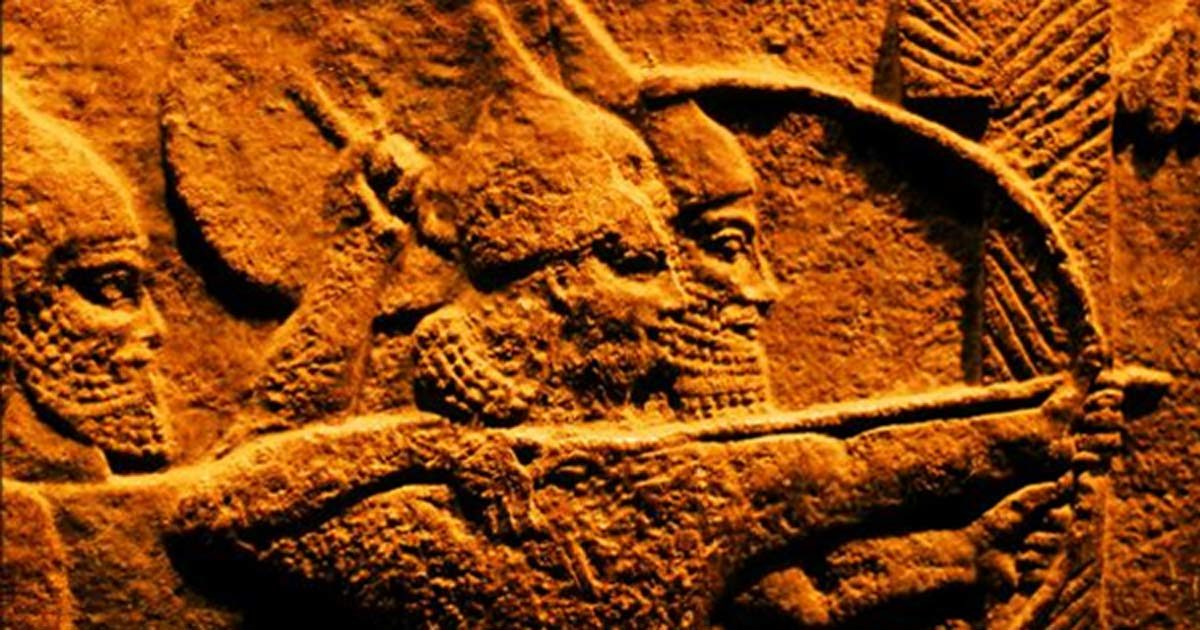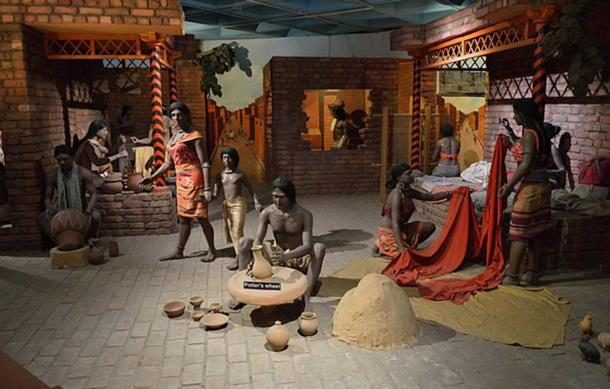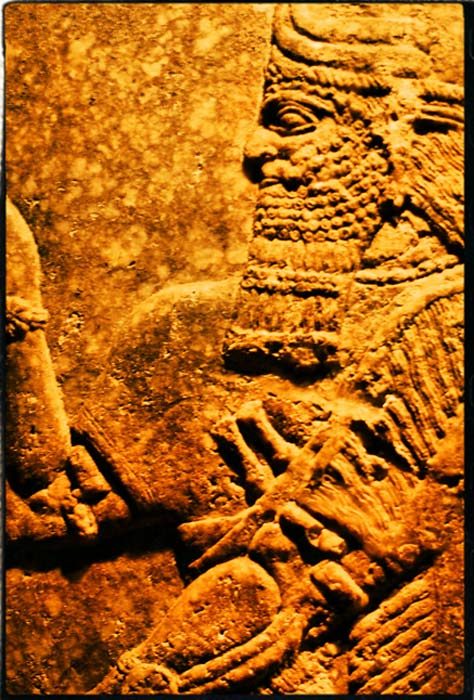Only in the late 19th early 20th centuries did Aryan become equated with Germanic or Nordic peoples. Prior to this corruption, Aryan referred to an archaic language whose speakers are thought to have spread and influenced languages throughout the Indian subcontinent.

To quickly put any Nazi suppositions to rest, the earliest known Aryans lived in prehistoric Iran. These people migrated to northern India sometime around 1,500 BC. Previous inhabitants of the Indian subcontinent called these newcomers ārya. The English 'Aryan' comes from this Sanskrit word. Interestingly, the term has a cognate in the Persian language, ērān. This word is the source of the modern country name, Iran.
The Indus Valley Civilization was highly developed before the Aryans arrived. Some evidence "suggests that the Indus Valley Civilization had social conditions comparable to Sumeria and even superior to the contemporary Babylonians and Egyptians" (Violatti, 2013). Religions had arisen around 5500 BC, farming communities around 4000 BC, and urban living around 2500 BC. The area reached its peak in 2000 BC.
Starting in approximately 1500 BC, nomadic cattle herders from Central Asia began to cross the Hindu Kush Mountains and to settle in the verdant Indus Valley. These nomads were, of course, the Aryans. Popular myth has it that the Aryans were unstoppable invaders, proto-Mongols, who took over the Indian subcontinent and led the Indus Valley Civilization to collapse. There is not much evidence to support this theory. Rather, it seems that over time the Aryans filled the void left by the collapse of the Indus Valley Civilization.
Archaeological evidence shows that the societies were decaying in 1800 BC, most likely due to changes in river patterns. Some researchers argue that the Saraswati River dried up; others say it became prone to catastrophic flooding. Students of environmental science will know that these scenarios are not mutually exclusive. Whether by floods, droughts, or invasion, the agricultural practices that originally enabled the Indus people to flourish were disrupted. Thereafter, the economies and societal orders built on that agriculture also crumbled. "The evidence supporting the decline of the Indus River Civilization is compelling: writing started to disappear, standardized weights and measures used for trade and taxation purposes fell out of use, the connections with the Near East were interrupted, and some cities were gradually abandoned." (Violetti, 2013) Shortly thereafter, the Aryans entered the scene. Soon, their language, agricultural, and animal husbandry practices became ascendant.
You can read the rest of the article here.
Comment: The rise and fall of civilisations often correlate with the changing climate and accompanying cyclical catastrophes that have been chronicled the world over:






Reader Comments